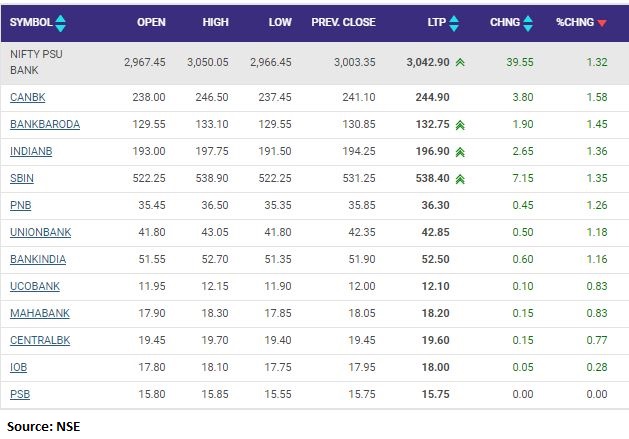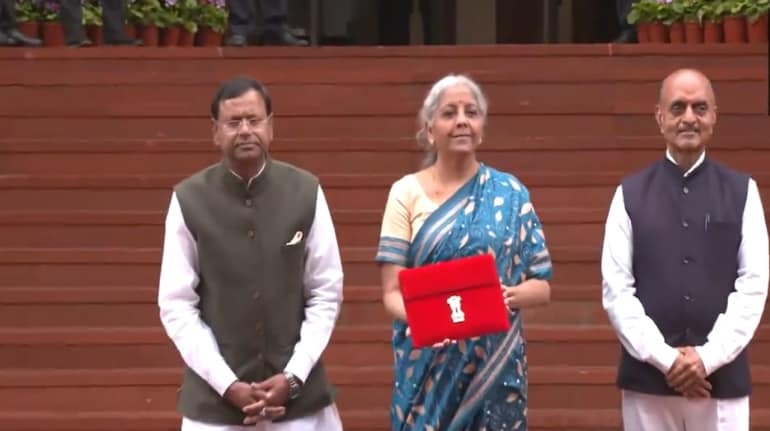Image Credits: CareerBuilder
A few weeks ago, Wipro chairman Rishad Premji posted a one-line message on Twitter – “There is a lot of chatter about people moonlighting in the tech industry. This is cheating - plain and simple.”
Premji has his reasons. A survey by Kotak Institutional Equities of 400 Information Technology and Information Technology Enabled Services (IT/ITeS) employees a few weeks ago revealed that 65 percent of respondents said they either were engaged in part-time opportunities during work-from-home (WFH) or knew a colleague who was.
Moonlighting is an additional cause for concern for IT companies, which are already struggling with elevated attrition levels across the board. With hybrid work here to stay and managers not being able to look over employees’ shoulder anymore, there may be concerns around productivity.
The concerns surrounding moonlighting employees also come at a time when companies are facing a tough business environment with clients sounding caution, and as Premji earlier said, the Indian IT industry is in a “perfect storm”.
A glance through responses to Premji’s tweet on moonlighting shows several employees having a different view — what they do on their time after work is theirs to decide. Meanwhile, the issue of moonlighting in tech is now a raging debate and India Inc seems to be a divided house.
What is moonlighting?
Moonlighting refers to people holding more than one full-time job in addition to their nine-to-five employment. It also includes those who take up part-time work or gigs on the side and is not limited to the IT sector.
Moonlighting gained prominence when employees restricted to their homes during the pandemic took up gigs with no one looking over their shoulder.
Aditya Narayan Mishra, Chief Executive Officer (CEO) of CIEL HR Services, told Moneycontrol that there are three primary drivers to employees moonlighting — time, passion or an additional source of income without being questioned for it.
Concerns of employers
Experts say the type of moonlighting where the industry and functions of the jobs the employee is working on are different is comparatively harmless.
“In this format, the industry or the function (of the two jobs) does not hamper one another. Generally, the need for the second job is for additional income generated and there is no scope of cross leveraging data or information,” said Vijay Sivaram, CEO of Quess IT Staffing.
However, when it is the same industry function, Sivaram said there is a risk of confidential information being shared. “There also could be a risk of negligent behaviour or productivity loss from an employee,” he said.
While the risk persists, there is little hope of employees giving up their shot at an additional income or a side hustle for passion, especially in the remote-work era.
“Historically, when an employee came to the office, you would see him working eight to nine hours a day in front of you. There were visible eight hours of productive time for the organisation. Today, as the employee is working from home, that element of risk exists,” added Sivaram.
Time to put it on paper?
After Premji called moonlighting "cheating", other honchos in the tech industry are divided in their opinions on the practice.
According to a Business Today report, while Tata Consultancy Services’ chief operating officer NG Subramaniam termed it an ethical issue, many like Tech Mahindra CEO CP Gurnani and TV Mohandas Pai, Infosys’ Former Director disagreed and said they found no harm in it.
“Employees are bound by an employment agreement and its terms, but apart from that, are free to do what they want as long as they are not using company’s IP (Intellectual Property), its assets or anything else,” Pai told Moneycontrol.
He added that it is unethical and illegal if an employee is moonlighting during the hours they have committed to their employer, as that would be breaking the contract.
However, he makes a differentiation for managers or people with fiduciary responsibility, where they cannot do this.
To resolve issues like such, Tech Mahindra’s Gurnani reportedly also added that the company might ideate a policy around moonlighting.
Like him, many in the industry feel that while the practice can not be eradicated, it can be tamed with a policy that lays down what is acceptable and what is off-limits for those moonlighting.
Recently, to set the rules straight, the food and grocery delivery platform Swiggy allowed employees to take up external projects and came up with a moonlighting policy. Swiggy said jobs that pose a higher risk of conflict of interest or interfere with employees' duties to the company will be subject to an approval process.
Also Read: Moonlight on the high street: Can India Inc. swing it like Swiggy?
Experts say there is a need for every organisation to follow suit and come out with a clear policy around moonlighting.
“Organisations need to communicate more effectively to employees on what kind of moonlighting is accepted and what is not,” says Sivaram. “Companies need to allow transparency as well as clear-cut structures on how an employee could inform the organisation if they are moonlighting.”
Hazy disclosures
Sivaram says no one really knows how deep the problem is because employees have not disclosed it, with a lot of it being based on assumptions.
CIEL’s Mishra says moonlighting will continue, as you cannot curb people’s passion or change the realities surrounding hybrid work, which is possibly why a company like Swiggy came up with its policy on moonlighting.
Sivaram from Quess adds that for transparency from employees, companies need to build structures and communication platforms where employees could disclose information on the second job and come to ask queries if need be, along with just outlining dos and don’ts.
“This is governance or a risk mitigation system. An employee could still choose to do so (moonlight), but at least this way you're giving them an opportunity to disclose and assure (their employer) that a second job will not hurt their productivity or data confidentiality as an employee there,” he said.
The lack of disclosure, he believes, has also added to the uncertainty around how big the problem actually is.
“Over a period of time, these disclosures will be genuine and then you know exactly what kind of employees or how many employees are moonlighting. At this point, the problem is people don't know the depth of it.”
What is India Inc’s stand?
Owing to the gap in India Inc's knowledge on the magnitude of the issue, apart from the debate on the internet, experts believe companies aren’t rushing to make moves on the policy and are just keeping an eye on the matter.
Sivaram says while there have been quite a few conversations over the last seven to eight months, no one is fixated on it but adds that the intent is there.
On the other hand, Teamlease co-founder Rituparna Chakraborty says moonlighting is still just a leisure topic of discussion and is not looked at as a topic that demands immediate attention.
“CHROs (chief human resources officers) and other top-level management of organisations are not actually sitting together and thinking that we should really do something about it. Everyone wants to wait and watch whether there is an actual difference on the ground before they take a step,” she said.
Chakraborty also feels there is no need for a debate at all on moonlighting.
“There is no question of cheating or an ethical issue here. That (disclosing information about moonlighting) is something based on trust with one’s employer, some like to share and others like to keep their private lives private.”
She also asks if managements really have the wherewithal and supervisory ability to probe into every employee's life to figure out what they are doing outside of work, and if there’s a point to doing so.
Chakraborty believes the regular employment processes and HR policies today are strong enough to ensure that employees are committed to their work and are not divulging information elsewhere. “Everything doesn’t require a separate policy.”
Amid the debate, however, Pai added that companies need to ask why employees want to moonlight in the first place for additional compensation.
“I think up to five or six years, people are getting paid less. If you study the compensation, 10 years back and now, we see that fresher compensation has not increased much. That is what these companies have to answer and think for themselves,” he said.
Employees' take
Twenty-seven-year-old Ashish Sharma has a passion for singing and plays gigs two to three days a week, especially on weekends. Over the last two years, he also took an international gig where he moved to another country on a six-week contract to play gigs there. The only hitch is, Sharma's boss at the IT company where he works has no clue about this.
However, he remains unfazed by the debate.
“I don’t see the need for my boss to know exactly what I am doing once I shut my system down every evening. My gigs help me stay in touch with my passion and also provide me with some additional income. And it’s not hurting anyone,” said Sharma.
“I log in on time in my work hours and I give it my full, what I do after is my own business, right?” he added.
Also Read:
Moonlighting is here to stay. Here’s why
Adblock test (Why?)
Should employees be allowed to moonlight? India Inc is a divided house - Moneycontrol
Read More

















